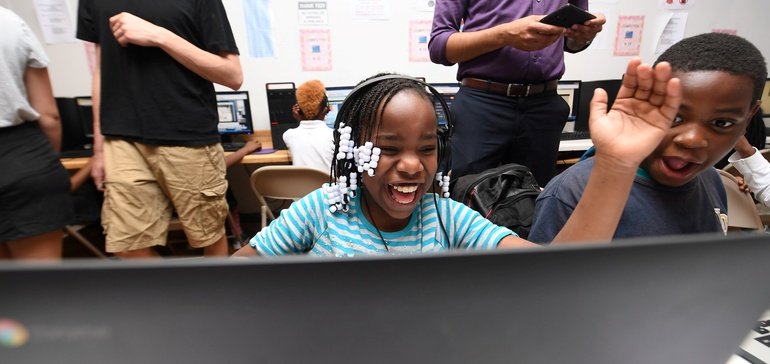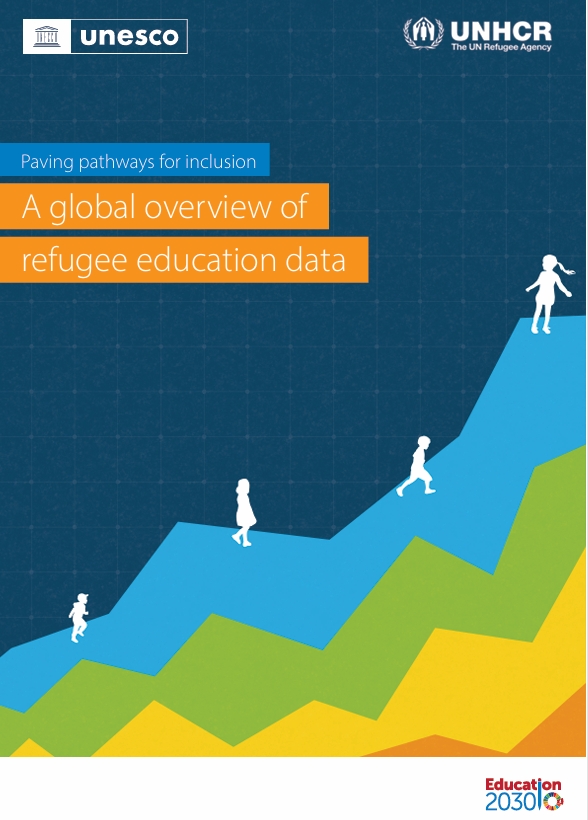Story Source: Education Dive ~ Go to Original Article
Since the early 90s, Social-Emotional Learning (SEL) has moved from a “soft” subject on the periphery of curriculums to an essential component of how students learn and thrive. SEL’s proven academic, behavioral, and health benefits have caught the attention of employers, too. Our society now touts the value of a workforce that’s collaborative, communicative, self-aware and capable of self-regulation. This is a welcome shift in both our culture and in education, though as with all great changes, it’s often easier to implement in theory than in practice.
With competing priorities for limited instructional hours, how are teachers bringing SEL lessons into their classrooms? How are they measuring the success of their students within those competencies?………………..






